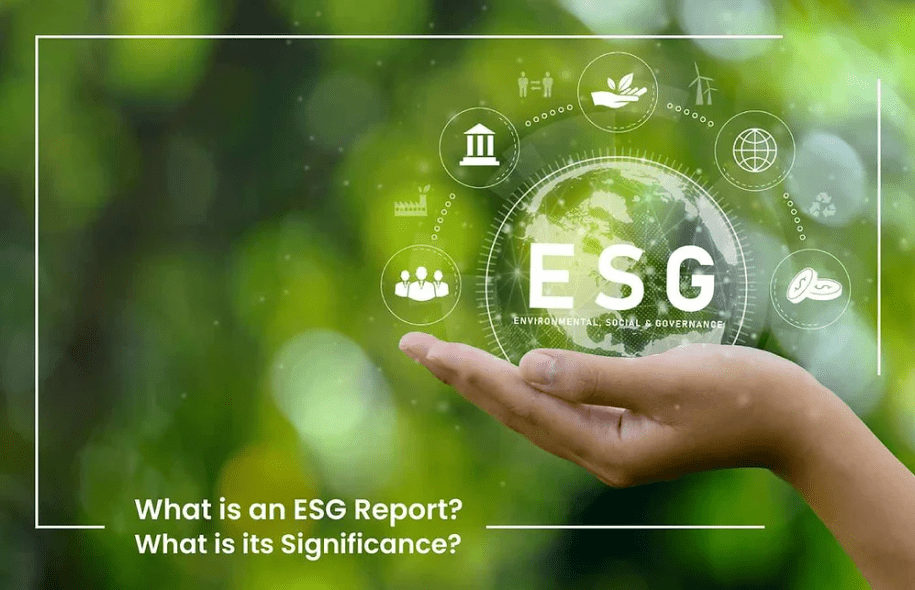Rising to the Challenge

Critical Challenges for ESG Reporting
Data Quality and Availability
Consistency in Reporting Standards
Long-Term Vs Short-Term Priorities
Balancing long-term sustainability goals with short-term financial pressures can be challenging. Some organizations may prioritize immediate financial gains over longer-term ESG initiatives, impacting their ability to achieve meaningful sustainability outcomes.
Stakeholder Engagement Complexity
Integration with Business Strategy
Limited ESG Expertise
Supply Chain Complexity
Cost of Implementation

ESG Advisory
YOUR ESG VISION PARTNER
“AccelESG’s Sustainability team provides extensive support for companies and advisors tackling today’s ever-changing ESG demands. From materiality assessments and sustainability reporting to net zero strategies, supply chain audits, and ESG-related internal investigations-and more- our diverse group of experts are here to guide you through your ESG journey, helping to create a more sustainable and inclusive future for your organization and the world as a whole.”
Comprehensive Workflow Driven Sustainability Assessment Framework – Our workflow-driven sustainability assessment framework is a structured approach that integrates sustainability considerations into various processes and workflows within an organization. This framework ensures that sustainability is embedded into decision-making, operations, and strategic planning.
Our Approach

Define Objectives & Scope
Clearly articulate the objectives of the sustainability assessment framework.
Define the scope by identifying key processes, departments, and activities to be included.

Stakeholder Engagement
Identify and engage relevant stakeholders, including employees, customers, suppliers, and local communities.
Incorporate stakeholder perspectives into the sustainability assessment criteria.

Establish Key Performance Indicators (KPIs)
Define quantifiable KPIs aligned with sustainability goals.
KPIs may cover environmental impact, social responsibility, and governance aspects.

Integrate into Strategic PlanningIntegrate into Strategic Planning
Align sustainability goals with the organization’s overall strategic objectives. Embed sustainability criteria into strategic planning processes.

Workflow Mapping
Map existing workflows and processes across the organization.
Identify points in workflows where sustainability assessments can be integrated.

Embedding Sustainability Criteria
Define specific sustainability criteria for each workflow stage.
Ensure alignment with established KPIs and objectives.

Automate Data Collection
Utilize technology to automate data collection for sustainability metrics. Integrate data collection tools into relevant stages of workflows.

Employee Training & Awareness
Implement training programs to raise employee awareness of sustainability goals. Ensure employees understand their roles in contributing to sustainability at each workflow stage.

Feedback Mechanisms
Establish feedback loops for continuous improvement.

Reporting & Communication
Develop a robust reporting mechanism for communicating sustainability performance.

Continuous Improvement
Regularly review and update the sustainability assessment framework based on changing organizational needs and external factors. Emphasize a culture of continuous improvement and innovation.

Benchmarking & External Stakeholders
Benchmark sustainability performance against industry standards and best practices. Seek relevant certifications or adhere to established sustainability frameworks.

Risk Management Integration
Integrate sustainability risk assessments into overall risk management processes. Identify potential risks associated with non-compliance or failure to meet sustainability goals.

Supply Chain Integration
Extend the sustainability assessment framework to cover key elements of the supply chain. Collaborate with suppliers to ensure sustainability standards are met.

Regulatory Compliance
Monitor and adapt the framework to comply with evolving regulatory requirements. Stay informed about changes in environmental, social, and governance
regulations.

Document & Communicate Success Stories
Document and communicate success stories arising from sustainability initiatives. Use success stories to build a positive narrative around the organization’s commitment to sustainability.

Implementing a workflow-driven sustainability assessment framework requires collaboration, commitment, and a holistic approach to integrating sustainability into the fabric of the organization. By embedding sustainability considerations into daily workflows, organizations can drive positive environmental, social, and economic outcomes while fostering a culture of responsibility and innovation.
Implementation Design Principles
ESG technology initiative across the organization.
Set Emissions Calculation strategy
Assess the default dynamic calculation models, built-in factor libraries, and factor mappings required for sustainability reporting. Based on the evaluation and complexity of business requirements, configure new calculation models and factor libraries using agreed-upon industry guidelines.
Streamline Data Collection and Calculation
Unify Data Intelligence
Set your Extract, Transform, and Load (ETL) Strategy to Prepare Data for Ingestion
Use Connectors
Bring in only the Necessary Activity Data for Calculations
Design for Operations

Data Sourcing, Data Wrangling and Data
Standardization
- Data Integration
- Data Quality Rules
- Data Standardization
- Data De-Duplication
- Data Cleansing
- Data Completeness
- Data Accuracy
- Data Enrichment
- Data Validation
- Data Lineage

Single Source of Truth
- Establish Data
- Hierarchy Balances
- Transactions References
- Multi-Currency
- Reevaluations
- Report Variants

Reporting and Workspaces
- Collaborative Workspaces and Reporting

Raj K Khaware
Our vision is not just about achieving financial success; it’s about creating a lasting legacy of responsible corporate citizenship, leaving a positive impact on the planet and society for generations to come. Together, with a clear focus on ESG principles, we will shape a future where business success goes hand in hand with environmental conservation, social equity, and ethical governance.
Remember that ESG implementation is an ongoing process that requires continuous improvement, adaptability, and collaboration with stakeholders. Regularly assess the effectiveness of your initiatives and make adjustments as needed to stay aligned with evolving ESG expectations and standards.
Contact us for your ESG implementation needs

What is an ESG Report?
What is its Significance?
